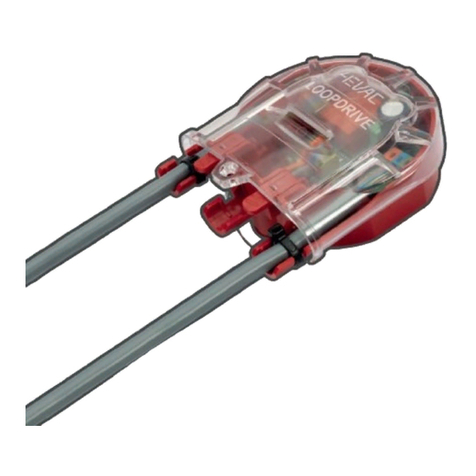
Hacousto Holland bv
Industrieweg 87
2651BC Berkel & Rodenrijs
IMPACT reference system manual (Typical )
Table of Contents
!General information ............................................................................................................................................................. 3!
!Controller ....................................................................................................................................................................... 3!
!DCA2.500 amplifier / charger .................................................................................................................................. 5!
!4E-SW6 zone expander with line monitoring .................................................................................................... 5!
!Expander – network port extender for L-Net devices ..................................................................................... 6!
!Examples of Impact system ....................................................................................................................................... 7!
!Where do I start? ................................................................................................................................................................... 8!
!Configuration settings ......................................................................................................................................................... 8!
!Impact system build ............................................................................................................................................................. 9!
!Rack frame ..................................................................................................................................................................... 9!
!DIN-rail enclosure for remote network devices ................................................................................................ 9!
!Additional electrical safety requirements for the housing ............................................................................ 11!
!Connections ................................................................................................................................................................. 11!
4.4.1.!Mains ................................................................................................................................................................ 12!
4.4.2.!Battery .............................................................................................................................................................. 12!
4.4.3.!Battery temperature probe ....................................................................................................................... 13!
4.4.4.!DC power output .......................................................................................................................................... 14!
4.4.5.!AMP LINK ........................................................................................................................................................ 14!
4.4.6.!Network ports ................................................................................................................................................ 16!
4.4.7.!L-Net (local network) ................................................................................................................................... 17!
4.4.8.!EVAC inputs .................................................................................................................................................... 17!
4.4.9.!Amplifier 100V outputs ............................................................................................................................... 18!
4.4.10.!Loudspeaker lines ................................................................................................................................ 19!
4.4.11. .......................................................................................................................................................................... 20!
!Connections and recommended cable types ............................................................................................................ 20!
!Maintenance information .................................................................................................................................................. 21!
!Additional RACK marking .................................................................................................................................................. 21!
!Typical Technical and Electrical specifications. .......................................................................................................... 23!































